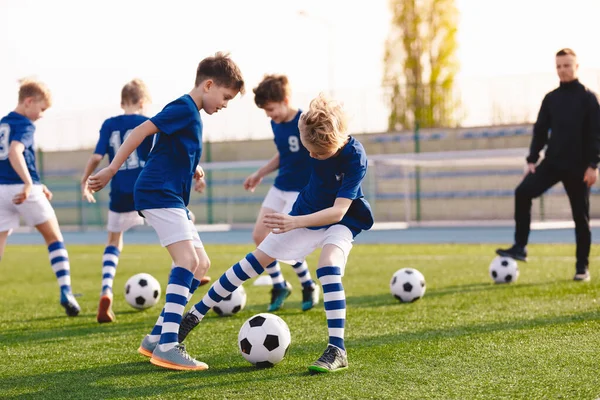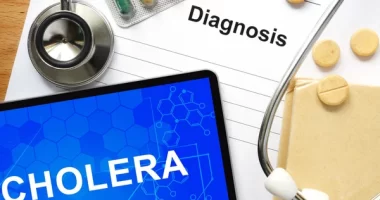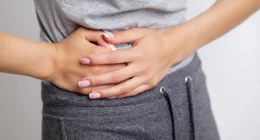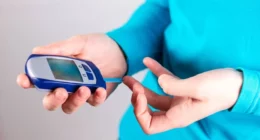Robust Link Between Physical Fitness and Cerebellar Grey Matter Volume – Study -The cerebellum is a brain region involved in motor control, balance, and coordination. It is also thought to play a role in cognitive functions such as learning and memory. Physical fitness is known to have a number of health benefits, including improved cardiovascular health, muscle strength, and bone health. However, the relationship between physical fitness and cerebellar volume is not well understood.
Objective of the study
This study investigated the relationship between physical fitness since childhood and cerebellar volume in adolescence.
Methods
The study included 40 adolescents who had participated in the Physical Activity and Nutrition in Children (PANIC) project. The PANIC project is a longitudinal study that has been following a cohort of children since they were 2 years old. The participants in this study were assessed for physical fitness at 6, 8, and 10 years of age. They were also assessed for cerebellar volume at 17-18 years of age.
The FitBrain study, conducted with 40 participants from the Physical Activity and Nutrition in Children (PANIC) project’s 8-year follow-up, aimed to investigate this relationship. The findings, published in the Scandinavian Journal of Medicine and Science in Sports, explored potential gender differences in these associations.
Adolescents who maintained high neuromuscular fitness throughout childhood showed larger volumes of Crus I grey matter, a specific region of the cerebellum. In contrast, teenagers with superior cardiorespiratory fitness exhibited a decrease in total cerebellar grey matter volume. Notably, boys with consistent high neuromuscular fitness from childhood displayed lower Crus II grey matter volumes.
“Our study highlights the importance of prioritizing physical activity throughout childhood and adolescence to promote better physical fitness, which may have implications for cerebellar volumes associated with cognition and learning. However, the observed associations exhibit some contradictory aspects,” remarked co-author Petri Jalanko.
More From The Study
The research sheds light on the intricate connections between cerebellar function and physical fitness. The study involved 40 participants, with an average age of 17.9 years, comprising 22 females and 18 males. Cardiorespiratory fitness was assessed using the maximal ramp test on a cycle ergometer, while muscular strength was evaluated using the standing long jump, Box and Block Test, and shuttle-run test z-scores. Speed and agility were measured using the 10 x 5 m shuttle-run test, and neuromuscular fitness was assessed using the coordination test. Cerebellar volumes were evaluated through magnetic resonance imaging. To further delve into the relationships and causation between physical fitness and cerebellar size in teenagers, large-scale and gender-specific randomized controlled trials are warranted. These studies should employ innovative brain imaging techniques and direct cardiorespiratory fitness measures.
Results
The study found that adolescents with higher levels of physical fitness since childhood had larger cerebellar volumes. Specifically, adolescents who were fitter based on neuromuscular fitness tests had larger Crus I grey matter volumes. On the other hand, adolescents who were fitter based on cardiorespiratory fitness tests had lower total cerebellar grey matter volumes. These findings were consistent for both boys and girls.
Conclusions
This study provides evidence that physical fitness since childhood is associated with cerebellar volume in adolescence. The findings suggest that physical activity may play a role in brain development. More research is needed to confirm these findings and to determine the exact mechanisms by which physical activity affects the cerebellum.
Implications
The findings of this study have implications for the promotion of physical activity in children and adolescents. Physical activity is already known to have a number of health benefits, and this study suggests that it may also be beneficial for brain development. Parents and educators should encourage children and adolescents to engage in regular physical activity.
Takeaway
Physical fitness throughout childhood and adolescence may influence cerebellar volumes associated with cognition and learning.
This takeaway is supported by the following findings:
- Adolescents with consistently high neuromuscular fitness throughout childhood exhibited larger Crus I grey matter volumes.
- Teenagers with superior cardiorespiratory fitness showed a decrease in total cerebellar grey matter volume.
- Boys with persistent high neuromuscular fitness from childhood displayed lower Crus II grey matter volumes.
These findings suggest that physical activity plays a role in brain development, and that different types of physical activity may have different effects on the cerebellum. More research is needed to confirm these findings and to determine the exact mechanisms by which physical activity affects the cerebellum.
Continue to check our website for more articles of this kind. And, please use our comment section as well, we would love to hear from you.










